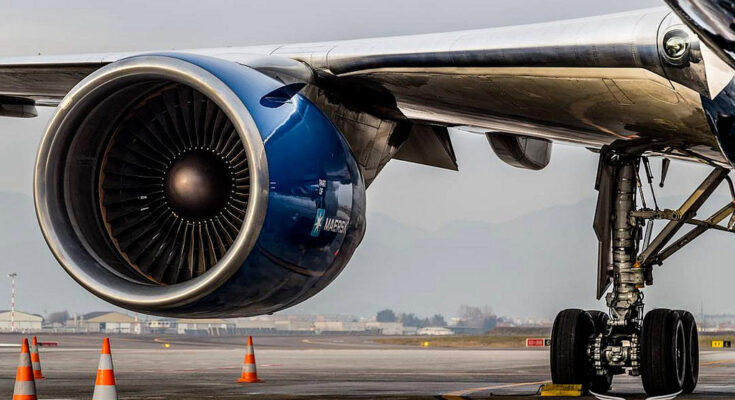Jet engines are incredible feats of engineering, powering everything from commercial airliners to military fighter jets. But how exactly do these powerful machines work? In essence, a jet engine operates on the principle of air compression, fuel combustion, and high-speed exhaust to produce thrust, allowing aircraft to soar through the skies at incredible speeds.
The Basic Principle: Newton’s Third Law
At the heart of a jet engine’s operation is Newton’s Third Law of Motion: for every action, there is an equal and opposite reaction. A jet engine throws hot gases backward at high speed, and in response, the engine — and thus the airplane — is pushed forward. This is the fundamental mechanism of jet propulsion.
Major Components of a Jet Engine
Most modern jet engines, particularly turbofan engines (common in commercial airliners), share a similar basic structure with a few key components:
-
Air Intake:
The process starts when the engine draws air into the front through an intake. The faster the aircraft moves, the more air is rammed into the engine. -
Compressor:
The air then moves into the compressor section, where a series of blades squeeze the air into a high-pressure state. Compressing the air increases its temperature and density, preparing it for combustion. -
Combustion Chamber:
In the combustion chamber, the highly compressed air is mixed with fuel and ignited. The burning mixture expands rapidly, creating hot gases. -
Turbine:
The hot, high-pressure gases flow through a turbine, which extracts energy to drive the compressor and, in some engines, a fan at the front. This part of the engine is crucial, as it powers the entire system. -
Exhaust Nozzle:
After passing through the turbine, the remaining hot gases are expelled at high speed through the nozzle at the back of the engine. This high-speed jet of gas provides the thrust that propels the aircraft forward.
Types of Jet Engines
There are several types of jet engines, each suited to different applications:
-
Turbofan Engines: Used by most passenger planes, they have a large fan at the front that produces additional thrust more efficiently.
-
Turbojet Engines: Older design, mainly used in military applications, focused purely on high-speed thrust.
-
Turboprop Engines: Jet engines that drive a propeller, commonly used on regional and cargo aircraft.
-
Ramjets and Scramjets: Used in specialized, high-speed aircraft; they rely on the aircraft’s speed to compress incoming air without a compressor.
Conclusion
Jet engines are a remarkable combination of science and precision engineering. By efficiently compressing air, burning fuel, and harnessing the energy of expanding gases, these engines make modern air travel possible. Each takeoff, cruise, and landing is a powerful demonstration of human innovation — turning the simple principle of action and reaction into the marvel of flight.



